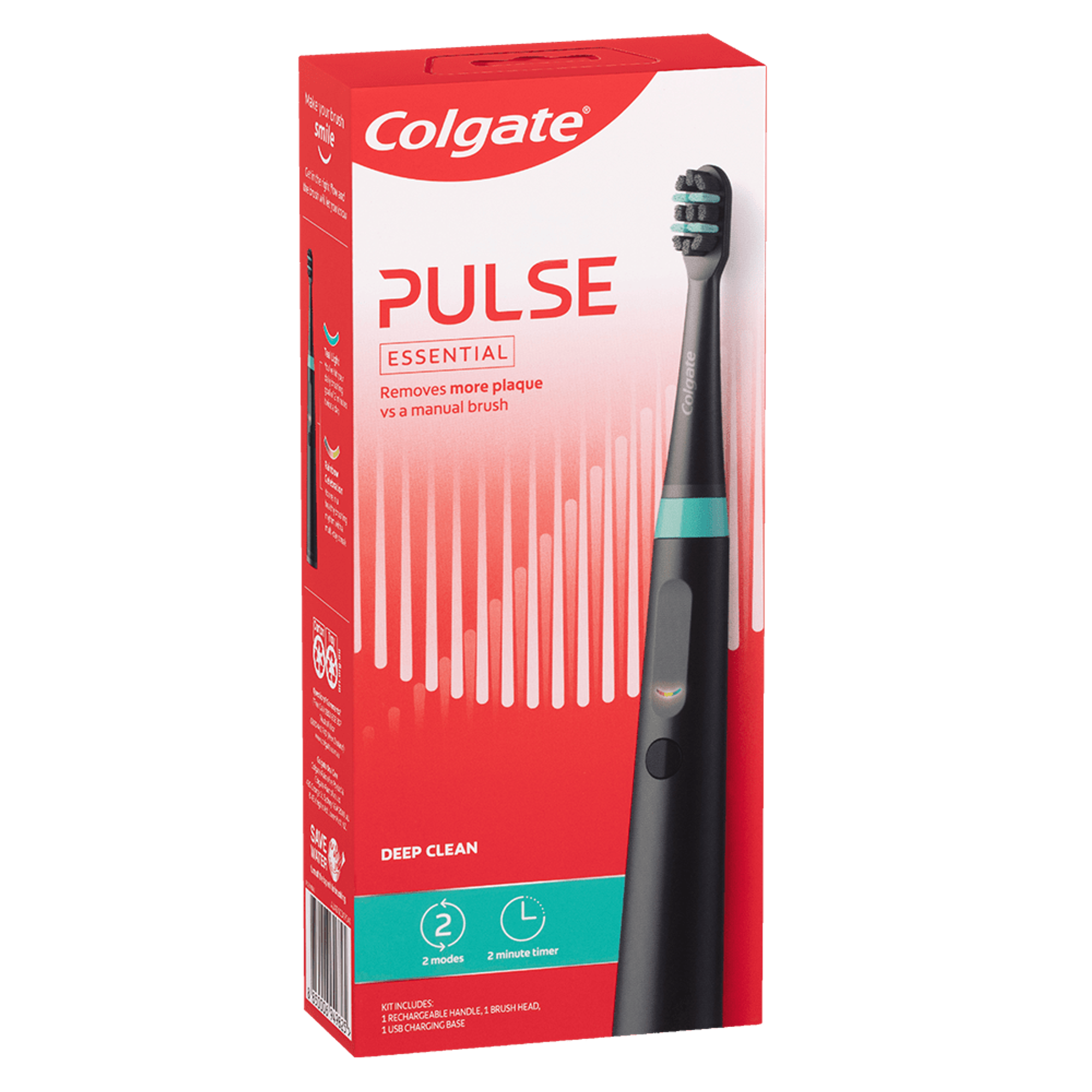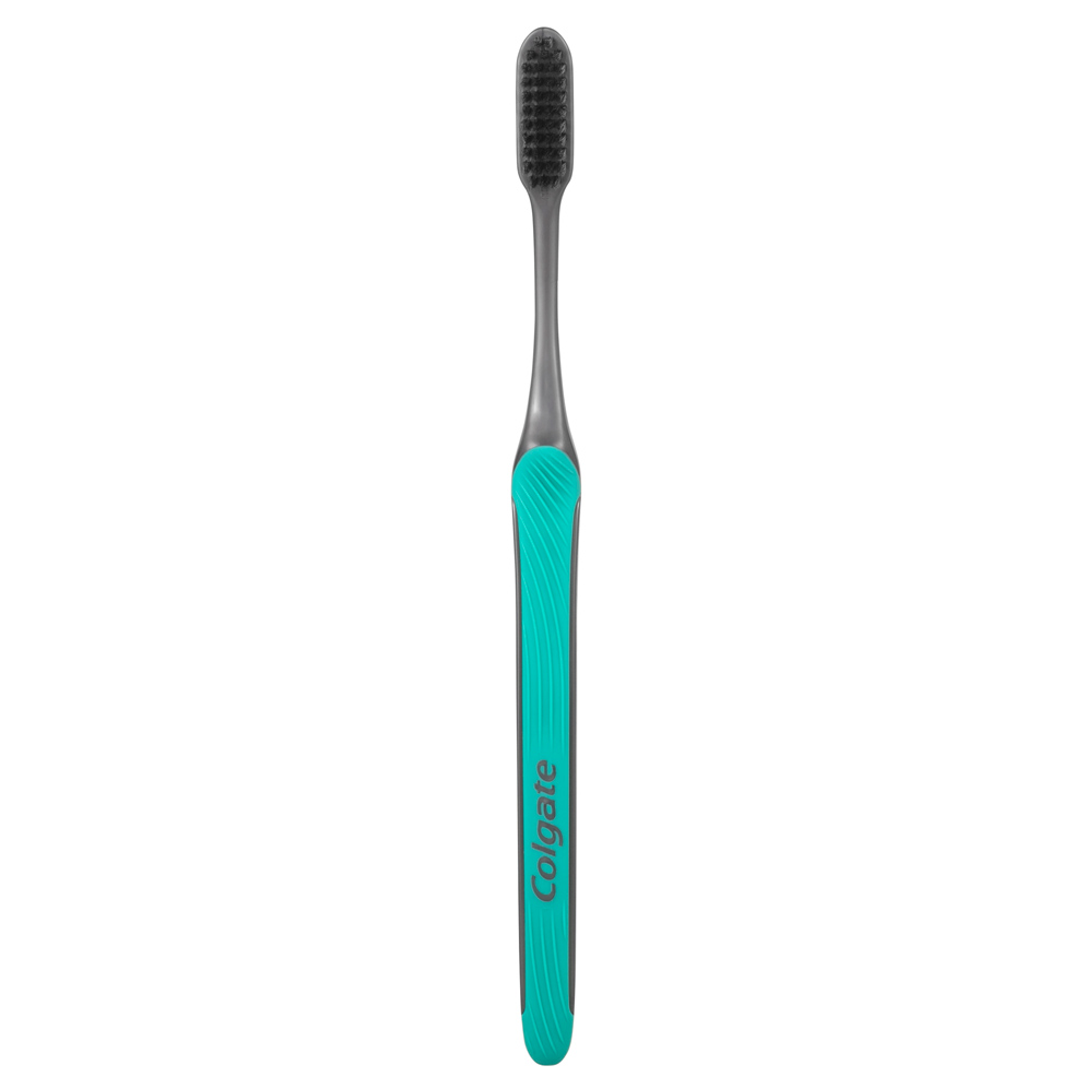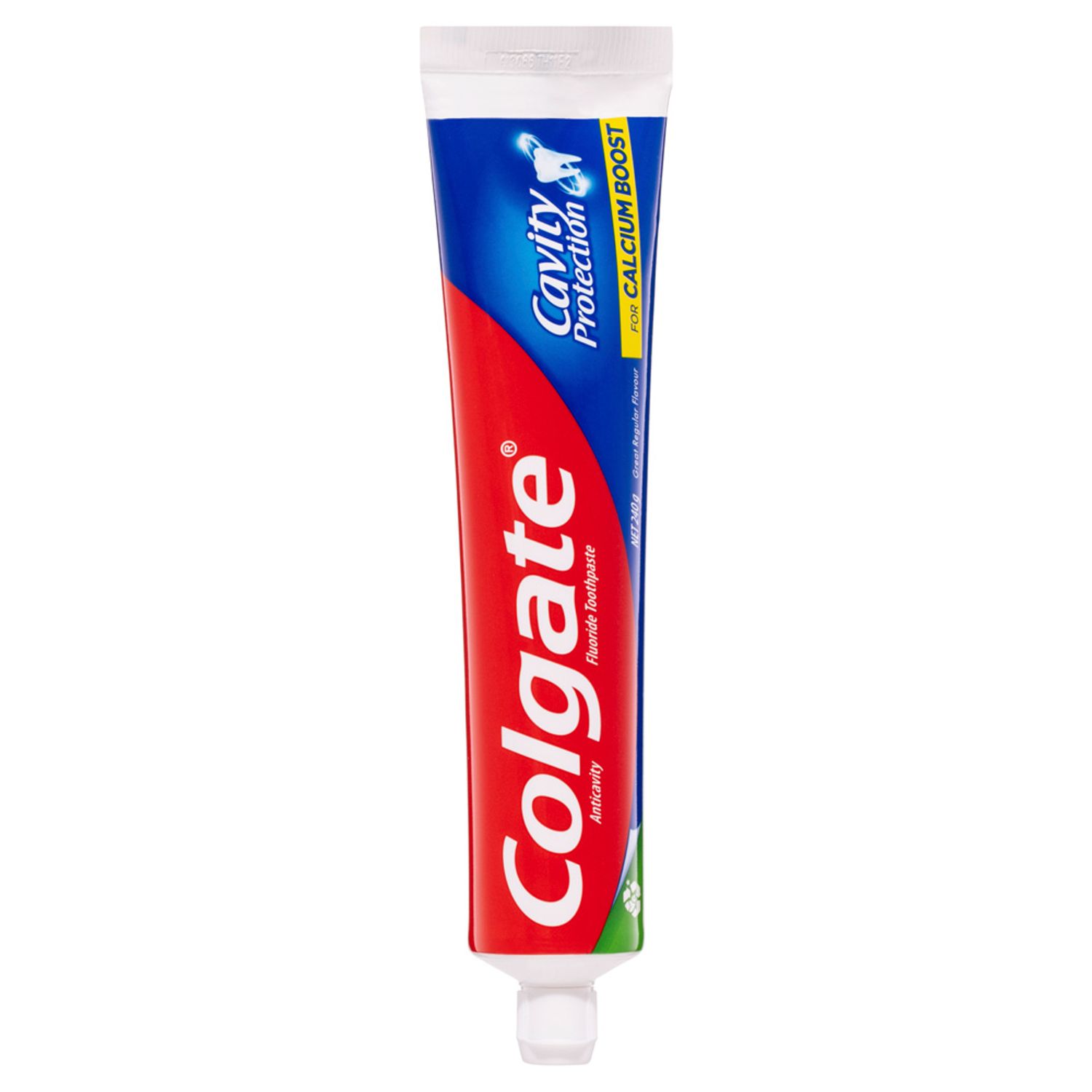-
-

BRUSHING & FLOSSING
How to BrushWhat Is the Right Way to Brush?
Proper brushing takes at least two minutes — that's right, 120 seconds!...

BRUSHING & FLOSSING
How To FlossWhat is the Right Way to Floss?
Proper flossing removes plaque and food particles in places where a toothbrush cannot easily reach... -
Science & Innovation
- Home
- Oral Health
- X-Rays
- X-Ray Safety
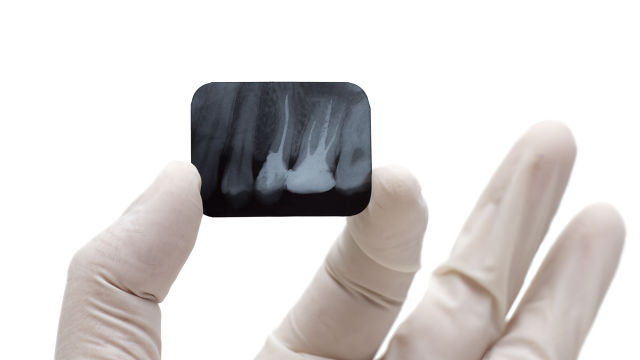

The benefits of X-rays are well known: They help dental professionals diagnose common problems such as cavities, gum disease and some types of infections. X-rays allow dental professionals to see inside a tooth and beneath the gums. Without them, more disease would go unchecked. Treatment would begin later. As a result, people would have more pain and lose more teeth.
The X-rays used in dental and medical offices emit extremely small doses of radiation. However, cells can be damaged by many small doses that add up over time. That's why experts say that X-rays should be used with caution and only when necessary.
Less Radiation for Safer X-Rays
Several changes have reduced radiation exposure in dental X-rays through the years:
- Lower X-ray dose — The single most important way dentists keep their patients safe from radiation is by limiting the dose. An X-ray machine is quite large, but the X-rays come out of a small cone. This limits the rays to an area less than 7 centimeters in diameter. X-ray machines also are well shielded. Very little radiation exposure occurs beyond the diameter of the beam.
- Better film — The speed of films used for dental X-rays has been improved. This means that less exposure is needed to get the same results. Dental professionals who use the fastest speed film (F-Speed) limit the amount of radiation needed to obtain a good picture. Therefore, patients also are exposed to less radiation.
- Digital radiography — The use of digital X-rays reduces radiation by as much as 80%. Today more dental professionals are using this type of X-ray Film holders — Dental patients used to hold X-ray film in their mouths with their fingers. Those days are long gone. Now, holders keep the film in place.
- Regular inspections and licensing — State local health departments regularly check X-ray machines to make sure they are accurate and safe.
- Lead shields — Before you get X-rays, you will be covered from the neck to the knees with a lead-lined full-body apron. Sometimes you'll also have a separate neck protector, called a thyroid collar. The American Academy of Oral and Maxillofacial Radiology recommends the use of a thyroid collar on patients under age 30. Younger adults and children are at greater risk for radiation-induced thyroid cancer than older adults. These shields have been used for decades, and many states require them. Today, however, they offer more peace of mind than actual protection. That's because modern dental X-ray machines emit almost no scatter (stray) radiation.
- Limited use of X-rays — Dental professionals take X-rays only when they believe they are necessary for an accurate dental assessment or diagnosis.
Current guidelines say X-rays should be given only when needed to diagnose a suspected problem. As a patient, you can help increase X-ray safety. Talk to your dentist about how often you or your children need X-rays and why.
Cone-Beam CT: 3-D Images, More Radiation
In recent years, some dentists have begun using cone-beam computed tomography (CT). These machines produce three-dimensional images of the teeth and jaw bones. Cone-beam CT exposes patients to more radiation than a standard full-mouth series of X-rays or a panoramic X-ray. Therefore, cone-beam CT should be used only where it provides a clear advantage over standard X-rays.
For selecting and placing implants, cone-beam CT is appropriate. But it is not needed for diagnosing cavities or periodontal disease. Standard X-rays also are fine for most orthodontic cases. Cone-beam CT can be useful in complex cases, however, to assist with treatment planning.
© 2002- 2018 Aetna, Inc. All rights reserved.
Related Articles
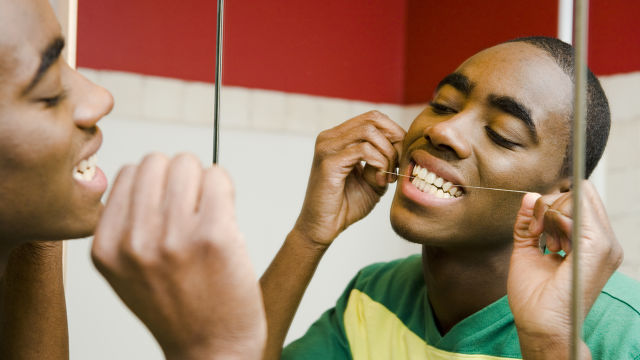
According to Better Health, cleaning in between the teeth and around the gumline is essential for maintaining good oral health and preventing gum disease.

The pain from a toothache can be debilitating, and it's usually an indication of a deeper issue such as tooth infection.

Tooth brushing needs our full attention! However, if interest or ability is lacking, an electric toothbrush is a great alternative to a traditional toothbrush.
This article is intended to promote understanding of and knowledge about general oral health topics. It is not intended to be a substitute for professional advice, diagnosis or treatment. Always seek the advice of your dentist or other qualified healthcare provider with any questions you may have regarding a medical condition or treatment.
Related Products

Helping dental professionals
More professionals across the world trust Colgate. Find resources, products, and information to give your patients a healthier future




